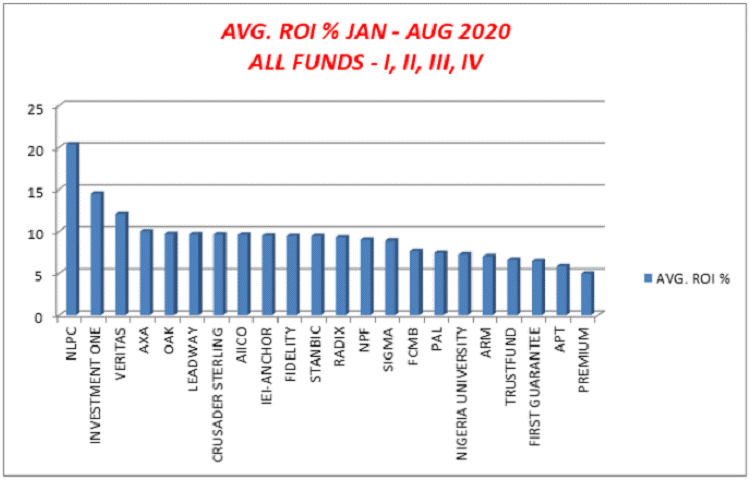This piece reviews the dilemma that is facing the operators in the pension industry with so much liquidity yet little investment varieties to invest in.
Pension Fund Administration (PFAs) and Nigerian Institutional Investors have had to combat sustained pressure on generating above inflation returns, on their clients’ RSAs, in the face of growing liquidity and reducing investment opportunities. According to data from CBN, over the next 6 months, N7.6tn (US$20.1bn) worth of T-Bills and OMO instruments would be maturing.
The analysis of data from the National Pension Commission (PENCOM) estimates PFAs share of this sum at c.15.0%, which implies an absolute value of N1.1tn, of which c. N867.1bn of the sum are OMO instruments. When the organic growth of pension contributions and possible half-year dividend payments from major banks are factored in, PFAs would be awash with robust liquidity in Q3 and Q4.
However, recent regulations have limited the investment vehicles available for Nigerian PFAs. As at April 2020, data available from PENCOM, Nigerian PFAs hold 66.25% of their assets in FGN securities with FGN bonds getting 54.55% and Treasury Bills (including OMO) getting 10.67%. This huge exposure has left pension managers in a tight space, given the CBN has banned non-banking local corporates from accessing the OMO market of which holds over 8% (c. N1.0tn) of their total assets. This implies these funds must be rotated to different asset classes.
Most PFAs are already significantly exposed to FGN securities, particularly bonds. Thus, similar less risky instruments for consideration, are corporate debt and money market instruments. Nigerian PFAs currently have a 1.44% and 6.53% exposure to commercial papers and corporate bonds respectively, which leaves some room to increase exposure. However, while several corporates have taken advantage of the low interest rate environment, the amounts raised by these corporates have been inadequate to absorb the robust liquidity with PFAs.
As a result, we believe with less risky fixed income instruments in short supply and interest rates continuing to dip on robust liquidity, PFAs would need to take on more risk to generate superior inflation-adjusted return on their client’s RSAs. According to PENCOM, PFAs exposure to the domestic equities market stood at 4.62% (or N488.5bn in absolute terms) at the end of April 2020. This is only 3.8% of total NSE equity market capitalization. With valuations still at multi-year lows, we believe value remains to be mined from the equity market. Thus, increasing exposure to domestic equities remains a viable endeavor.
Furthermore, the contribution of PFAs to growth of the venture capital and private equity ecosystem remains quite abysmal. PFAs exposure to PE funds stood at 0.31% of total pension assets. The space has been left for foreign investors to dominate and reap the successes.
Considering the increasing success stories being recorded and the technology age of the Nigerian economy, supporting PE firms with a focus on using technology to redefine and disrupt processes, would be very viable. Examples of recent success stories include; Interswitch, Iroko TV, Flutterwave, Paga, Hotels.ng, Paystack, Farmcrowdy, Thrive Agric etc. While these ventures are riskier and do require long term patience, we believe PFAs whose asset base typically consist of long-term funds are well poised to tap into the impressive inflation-adjusted returns in the PE and Venture capital space.
Source: FSDH/Prosahre




